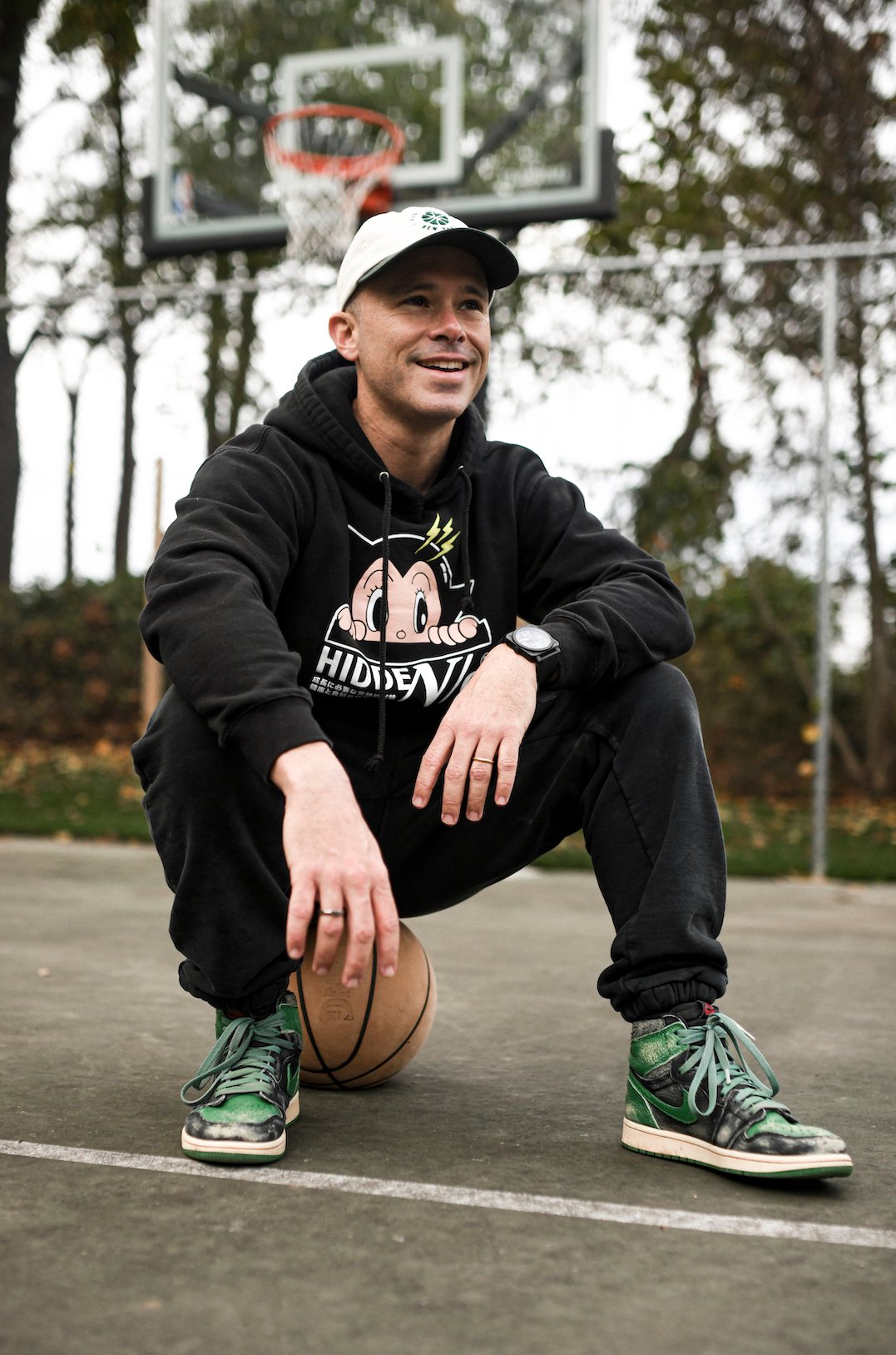
For spectators eager to see contemporary art produce more highlight-reel moments in the larger pop-cultural arena, the National Basketball Association (NBA) just provided the next all-star team-up.
In an unprecedented move, multi-hyphenate artist Daniel Arsham will become the creative director of the Cleveland Cavaliers. The ongoing role will put him in command of the entire visual identity of the only NBA franchise in his native state of Ohio.
As part of the long-term deal, Arsham will also become a minority partner in the team.
In an interview with Artnet News, the artist explained that his mandate will ultimately include everything from the imagery on the team’s jerseys and home court, to key aspects of its social-media presence, to collaborative initiatives with Cleveland-based artists and other organizations within the local community.
He will also work with other Northeast Ohio franchises governed by billionaire Rocket Mortgage founder Dan Gilbert. These include the Canton Charge in the NBA’s developmental G League, the Cavs Legion e-sports team, and the Cleveland Monsters in the American Hockey League.
Daniel Arsham, detail of Amethyst Sports Ball Cavern (2016), installation at Galerie Perrotin. Photo by Guillaume Ziccarelli. Courtesy of Galerie Perrotin.
Arsham, whose love of basketball has manifested in some of his best-known works, says one of his primary goals is “to make the Cavs brand as international as the Yankees.”
The process will unfold in phases determined partly by NBA rules: logos and jersey designs, for example, must be approved by the league and apparel partner Nike years in advance of their debut.
So Arsham’s first moves will revolve around areas where the Cavaliers organization has greater autonomy. He mentioned a “major renovation” of the walk-in tunnel at the team’s home arena, Rocket Mortgage FieldHouse, from which players make their entrance onto the court.
He also says refining the Cavaliers’ social-media voice, as well as creating capsule collections and other merchandise for the arena’s team shop and online, are early opportunities.
Kevin Love of the Cleveland Cavaliers shoots over Cristiano Felicio of the Chicago Bulls at Rocket Mortgage Fieldhouse on January 25, 2020 in Cleveland, Ohio. Photo by Jason Miller/Getty Images.
Acting as creative director of the Cavaliers holds tremendous personal significance to Arsham, who calls himself a third-generation Clevelander. He, his father, and his paternal grandfather were all born in the city after his great grandfather emigrated there in 1908 to found a fabric-recycling business called Arsham Brothers.
Arsham considers it a “major goal” to communicate the many dimensions of Cleveland—a city whose working-class history often overshadows its modern evolution, including renowned cultural offerings such as the Cleveland Museum of Art and Cleveland Orchestra, the interwoven green spaces of the Cleveland Metroparks system, and a burgeoning food and craft brewing scene.
Although Arsham is not the only creative director of an American professional sports organization, he is the only one to be brought in after establishing a high-profile career in the gallery and museum world.
In Arsham’s telling, the seed of the new collaboration was planted circa 2018 through Anthony Curis, the cofounder of the Detroit gallery the Library Street Collective, where Arsham has exhibited. Curis had worked with Detroit-based Dan and Jennifer Gilbert for years as they built their personal collection, which includes multiple Arsham works.
Daniel Arsham with his site-specific installation Moving Basketball (2019), at Rocket Mortgage FieldHouse. Courtesy of the Cleveland Cavaliers.
When the Gilberts decided to siphon off dozens of pieces from their holdings to launch the Rocket Mortgage FieldHouse Public Art Collection, they put Library Street Collective in charge of ongoing curatorial duties. In 2019, the collection’s arguable centerpiece became Arsham’s Moving Basketball (2019), a permanent site-specific installation at the arena meant to translate the kinetic energy of the game into an architectural intervention.
By then, Arsham’s practice had made a powerful impression on the family, particularly on Grant Gilbert, the Cavaliers’ director of brand strategy and a driving force behind the eventual alliance.
“Anthony [Curis] just mentioned, ‘If you would ever be interested in a larger role with the [Cavaliers], let me know,’” Arsham says. “It kept growing from there. I had all these ideas about how they could engage a larger audience, how graphic packages could be refined, how to treat the team like a brand or artwork, and many more contemporary ideas I’ve put into my work.”
In the past, Arsham’s achievements have included becoming the first visual artist to sign with Adidas, creating high-end streetwear for KITH, and making limited-edition sculptures in conjunction with the likes of Dior and hip-hop/pop star Pharrell Williams. But he doesn’t just see his new gig as a natural extension of the concerns that have led to this panoply of nontraditional artistic collaborations.
He also sees it as a natural next step in the arc of postwar art history—meaning his work for the Cavaliers may establish a template that other ascendant studio stars may soon follow.
“If Warhol was around today,” Arsham says, “he’d be the creative director of the Knicks. He would have known what to do there.”